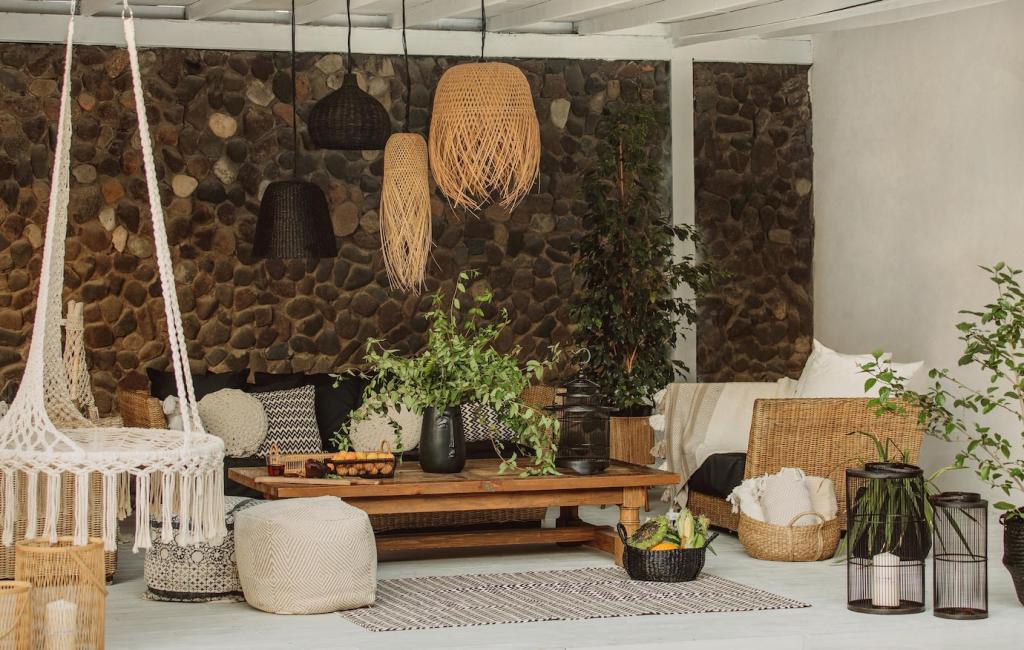
Biodegradable Textiles for Interior Decor
Biodegradable textiles are transforming the landscape of interior decor by offering sustainable, environmentally friendly options for homes and commercial spaces. Derived from natural fibers and designed to break down seamlessly at the end of their lifecycle, these textiles provide a compelling alternative to synthetic materials. As concern for the environment and a desire for healthier living environments continue to grow, integrating biodegradable textiles into interior design reflects not only aesthetic sensibilities but also a commitment to responsible living.
Understanding Biodegradable Textiles
The Science Behind Biodegradability
Biodegradability refers to a material’s ability to disintegrate through the action of naturally occurring microorganisms, such as bacteria and fungi. For textiles, achieving true biodegradability means selecting fibers that do not rely on heavy chemical treatments, dyes, or finishes that can persist in the environment. Key factors influencing the decomposition rate of textiles include their composition, exposure to light and moisture, and the presence of oxygen. Designers and manufacturers must therefore carefully consider both the source of the fiber and the processes used to create the textiles, ensuring that they will return safely to the earth at the end of their useful life.
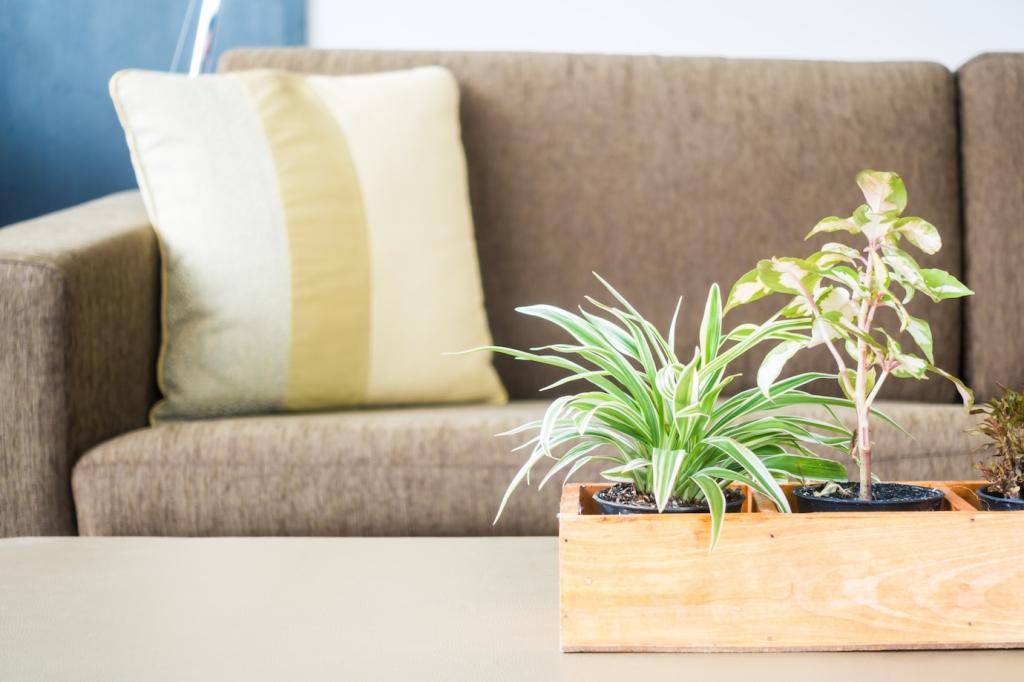
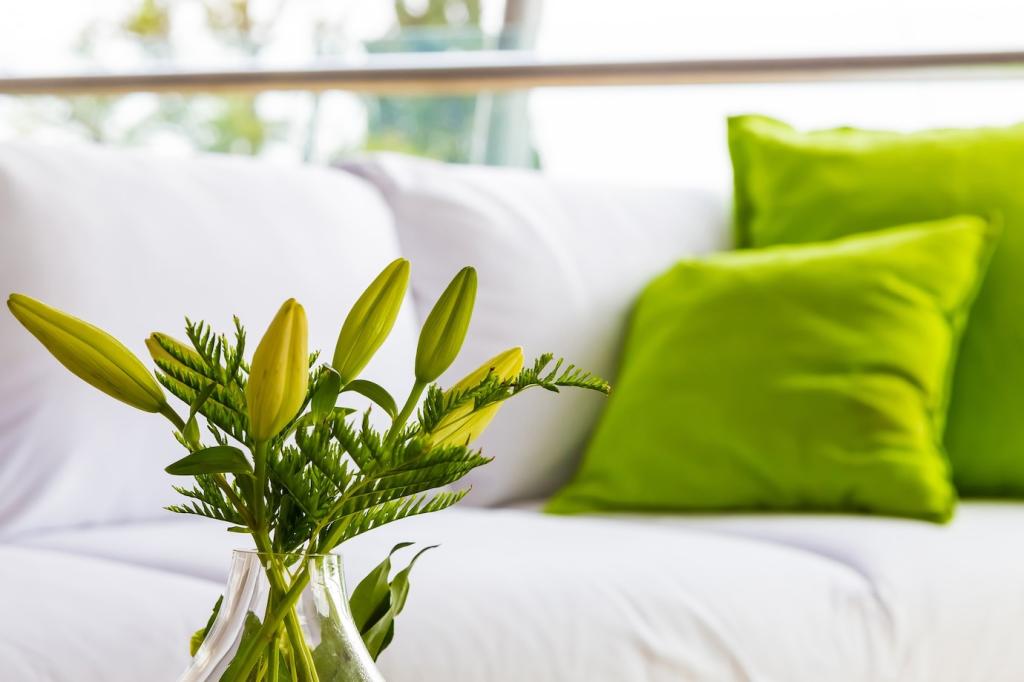
Upholstery and Furniture
Sofas, armchairs, and dining seats clad in biodegradable fabric bring comfort as well as ecological mindfulness to interiors. Organic cotton and linen offer a soft, breathable seating surface well-suited for everyday use. Among luxury applications, wool and hemp deliver resilience and natural stain resistance. Designers increasingly opt for these options, not only due to their superior tactile qualities but also because they contribute to improved indoor air quality by minimizing off-gassing and the accumulation of (VOC) volatile organic compounds.
Curtains, Drapes, and Soft Furnishings
Biodegradable textiles such as bamboo blends and organic linen are ideal for window dressings, cushions, and throws. Their breathability supports healthy airflow, while their natural fibers offer a beautiful drape and rich texture that transforms any room. A palette of earthy tones and subtle patterns can be achieved using non-toxic, plant-based dyes, ensuring that decor enhancements are aligned with environmental ethics as well as interior beauty.
Wall Coverings and Decorative Accents
Beyond conventional applications, biodegradable textiles have found a place as innovative wall treatments and artisanal decorative touches. Specialized yarns and weaves create textured wall panels that add depth and character to a space while remaining fully compostable. Artisans craft biodegradable textile wall hangings and tapestries, infusing homes and public areas with warmth and individuality. These accents often become focal points, communicating a powerful narrative of ecological stewardship and bespoke craftsmanship.
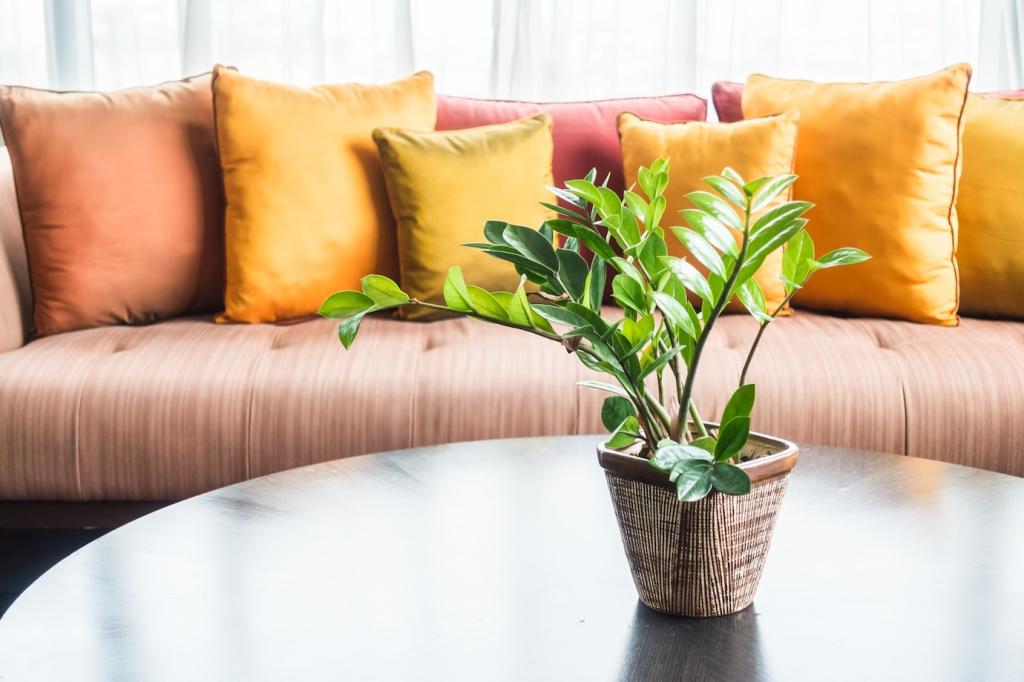
Healthier Indoor Environments
Natural, biodegradable textiles contribute to healthier indoor environments by reducing exposure to toxic residues and chemicals. Unlike many synthetic fabrics, which can emit harmful substances over time, biodegradable options are frequently free of formaldehyde, flame retardants, and other hazardous chemicals. This makes them particularly suitable for homes with children, pets, or individuals sensitive to allergens, supporting both comfort and long-term wellbeing.
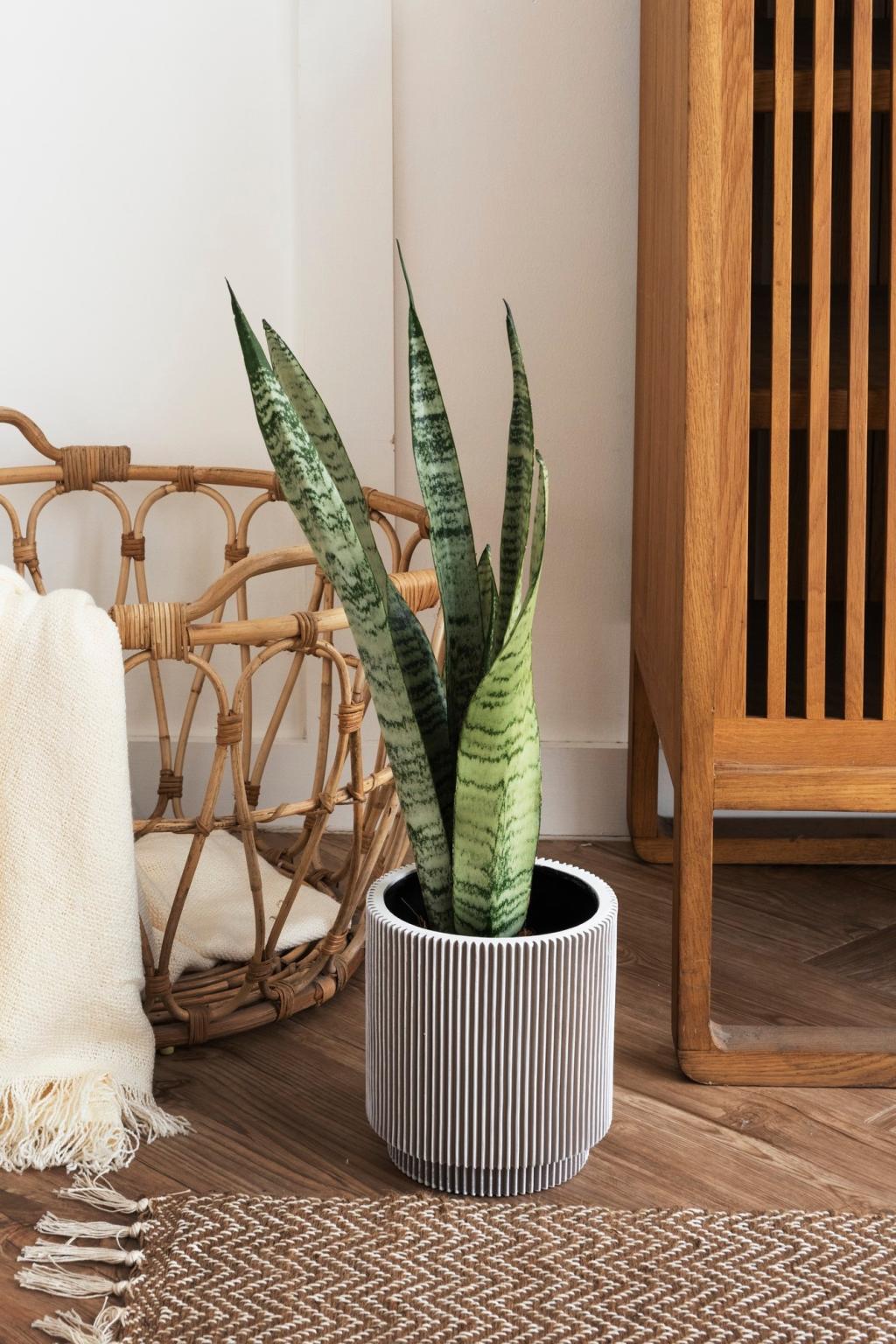
Aesthetic and Tactile Qualities
The unique textures and tactile richness of biodegradable textiles often surpass those of synthetic materials, lending an authentic, organic charm to interiors. Whether it’s the crisp coolness of organic linen, the soft warmth of wool, or the textured simplicity of hemp, each fiber brings its own intrinsic beauty to a designed space. Moreover, natural dyes and innovative weaving techniques enable the creation of sophisticated patterns and colors while preserving the textiles’ decomposability.
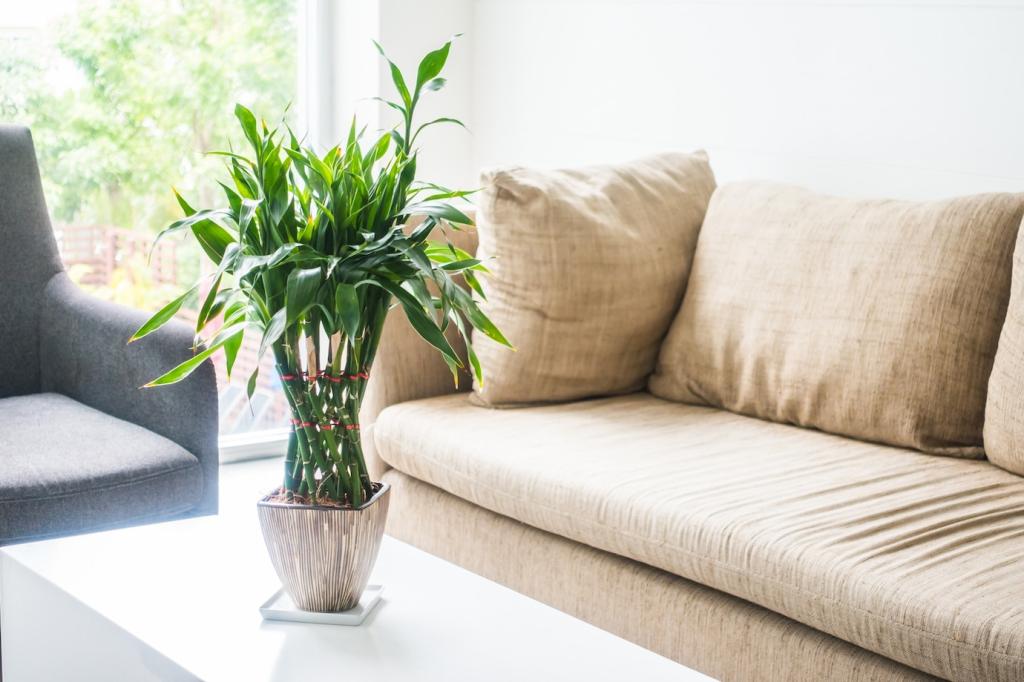
Ease of Maintenance and Longevity
Contrary to common perception, biodegradable textiles can be highly durable when cared for appropriately. Their natural resistance to stains, moisture, and wear supports long-lasting use, and modern treatments relying on eco-friendly solutions further enhance their durability. Cleaning these textiles typically involves less harsh chemicals, maintaining both the integrity of the fabric and the health of the space. With thoughtful care and attention, biodegradable interior textiles provide enduring style that doesn’t compromise on sustainability.
